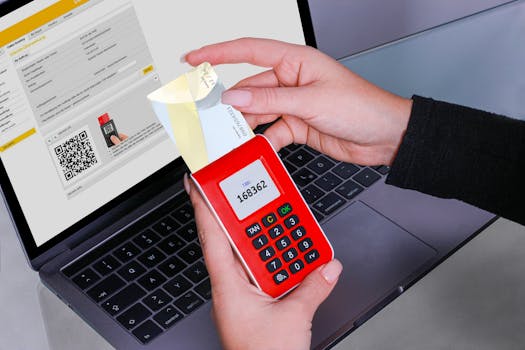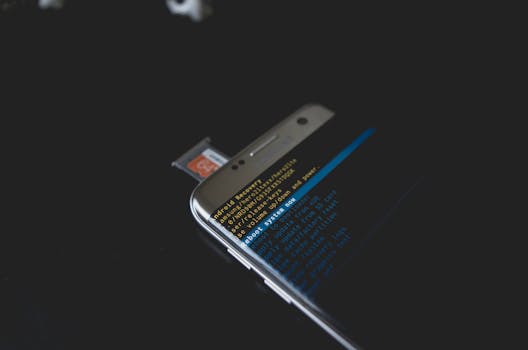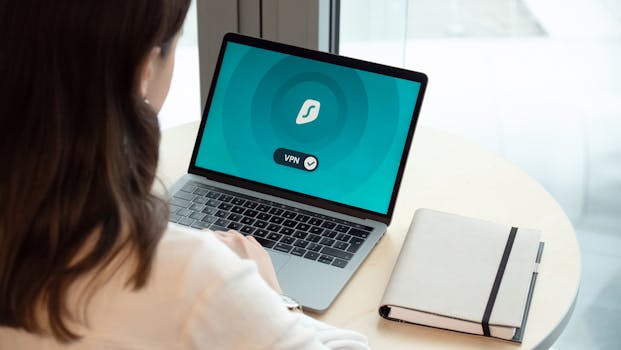Secure Your Digital Life: 10 Essential Cybersecurity Tips for Beginners

Relevant visual content related to Cyber Security
1. Use Strong, Unique Passwords
Your password is your first line of defense against unauthorized access. Use a combination of letters, numbers, and symbols, and make sure it’s at least 12 characters long. Avoid using easily guessable information, such as birthdays or names.

Relevant visual content related to Strong Password
2. Enable Two-Factor Authentication (2FA)
Two-factor authentication adds an extra layer of security. Even if someone gets hold of your password, they will also need a second form of verification, such as a code sent to your phone, to access your account.

Relevant visual content related to Two-Factor Authentication
3. Keep Software Up to Date
Regularly updating your software ensures that you have the latest security patches. This includes your operating system, applications, and antivirus software. Enable automatic updates if possible.

Relevant visual content related to Software Update
4. Be Wary of Phishing Attempts
Phishing scams attempt to trick you into revealing sensitive information. Be suspicious of unsolicited emails or messages, especially those that request personal information or urge you to click on links.

Relevant visual content related to Phishing Scam
5. Use a Virtual Private Network (VPN)
A VPN encrypts your internet connection, making it harder for hackers to intercept your data. It’s especially useful when using public Wi-Fi networks, which can be less secure.

Relevant visual content related to VPN Usage
6. Regularly Back Up Your Data
Backing up your data ensures you can recover it in case of a ransomware attack or system failure. Use cloud services or external hard drives to store backups and remember to update them regularly.

Relevant visual content related to Data Backup
7. Use Secure Wi-Fi
Ensure your home Wi-Fi network is secured with a strong password and encryption. Avoid using open Wi-Fi networks for sensitive tasks, as they can expose you to security risks.

Relevant visual content related to Secure Wi-Fi
8. Monitor Your Accounts
Regularly check your online accounts for any unauthorized transactions or changes. Enable account notifications to stay informed about suspicious activities.

Relevant visual content related to Account Monitoring
9. Educate Yourself on Digital Security
Stay informed about the latest cybersecurity threats and best practices. Follow reputable cybersecurity blogs, attend webinars, and consider taking online courses to enhance your knowledge.

Relevant visual content related to Cybersecurity Education
10. Use Antivirus Software
Antivirus software helps protect your devices from malware and viruses. Choose a reputable antivirus program and keep it updated to provide the best protection.

Relevant visual content related to Antivirus Software
Conclusion
Securing your digital life doesn’t have to be overwhelming. By following these 10 essential cybersecurity tips, you can establish a strong foundation for protecting your personal information online. Remember that staying safe in the digital world is an ongoing process, so keep learning and adapting to new threats.
FAQs
1. What is two-factor authentication?
Two-factor authentication (2FA) is a security process that requires two forms of identification before granting access to an account, usually combining something you know (like a password) with something you have (like a mobile device).
2. How often should I update my passwords?
It’s recommended to update your passwords every 3 to 6 months and to change them immediately if you suspect a breach.
3. Are free VPNs safe to use?
While some free VPNs can be helpful, many have limitations and may not guarantee privacy. It’s advisable to choose a reputable paid VPN service for better security.
4. How can I tell if an email is a phishing attempt?
Look for signs such as poor spelling and grammar, suspicious links, and requests for sensitive information. If an email seems unexpected or too good to be true, verify it with the sender directly.
5. What should I do if I suspect I’ve been hacked?
If you suspect that your account has been hacked, change your passwords immediately, enable 2FA if you haven’t already, and monitor your accounts for unusual activity.